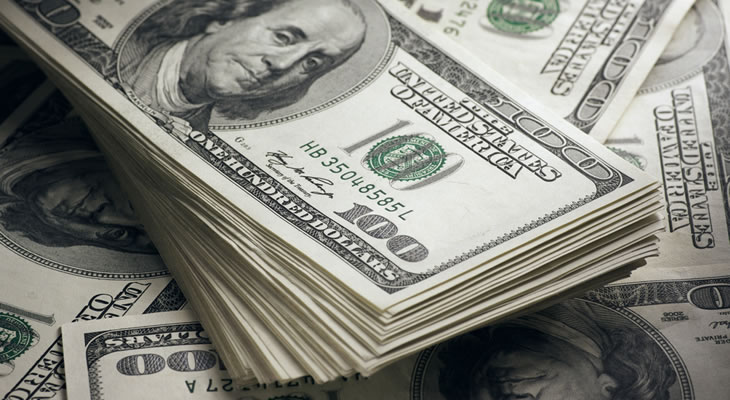Weaker-than-expected UK trade and production figures left the Pound on a weaker footing ahead of the weekend, extending its recent losses further.
May’s trade deficit widened further than anticipated thanks to the persistent weakness of export growth, boding ill for the outlook of the domestic economy.
With the relative weakness of the Pound in the wake of the EU referendum still failing to offer any real boost to UK exports this soft showing naturally weighed on GBP exchange rates.
Given that the chances of the Bank of England (BoE) raising interest rates in the near future rests heavily on the strength of domestic data the mood towards Sterling soured.
A disappointing NIESR gross domestic product estimate for the second quarter could exacerbate the weakness of the Pound US Dollar exchange rate, adding to worries over the underlying health of the UK economy.
Further volatility is likely in response to the latest raft of UK labour market data, which could discourage BoE policymakers from pursuing a more hawkish course of action if conditions fail to strengthen.
Particular concern will surround the wage growth data, with any slowdown set to weigh heavily on both the Pound and the odds of a 2017 BoE rate hike.
However, if average weekly earnings picked up in the three months to May this could offer the GBP USD exchange rate a rallying point.
US Dollar to Benefit as Fed Rate Hike Hopes Remain Elevated
Confidence in the outlook of the US economy has generally improved thanks to bullish ISM manufacturing and non-manufacturing composite indexes.
While recent US data has been far from universally positive these unexpectedly strong indicators of economic growth gave investors fresh cause for optimism.
Bets still point towards the Federal Reserve continuing to tighten monetary policy in the coming months, supporting higher levels of demand for the US Dollar.
An interest rate hike in July may not materialise, though, as analysts at Danske Bank noted:
‘We expect the Fed to hike one more time this year in December due to the focus on the unemployment rate and easy financial conditions. By skipping September, the Fed can get some more clarification about whether the low inflation prints in recent months were temporary or not. Instead, we expect the Fed to make an announcement on the balance sheet in September.’
Even so, if June’s non-farm payrolls report shows a smaller increase in the headline employment figure this could dent the ‘Greenback’ in the short term.
If average hourly earnings improve on the month, though, Fed policymakers are likely to maintain a relatively optimistic view of the US economy and lean towards a more aggressive pace of monetary tightening.


Comments are closed.